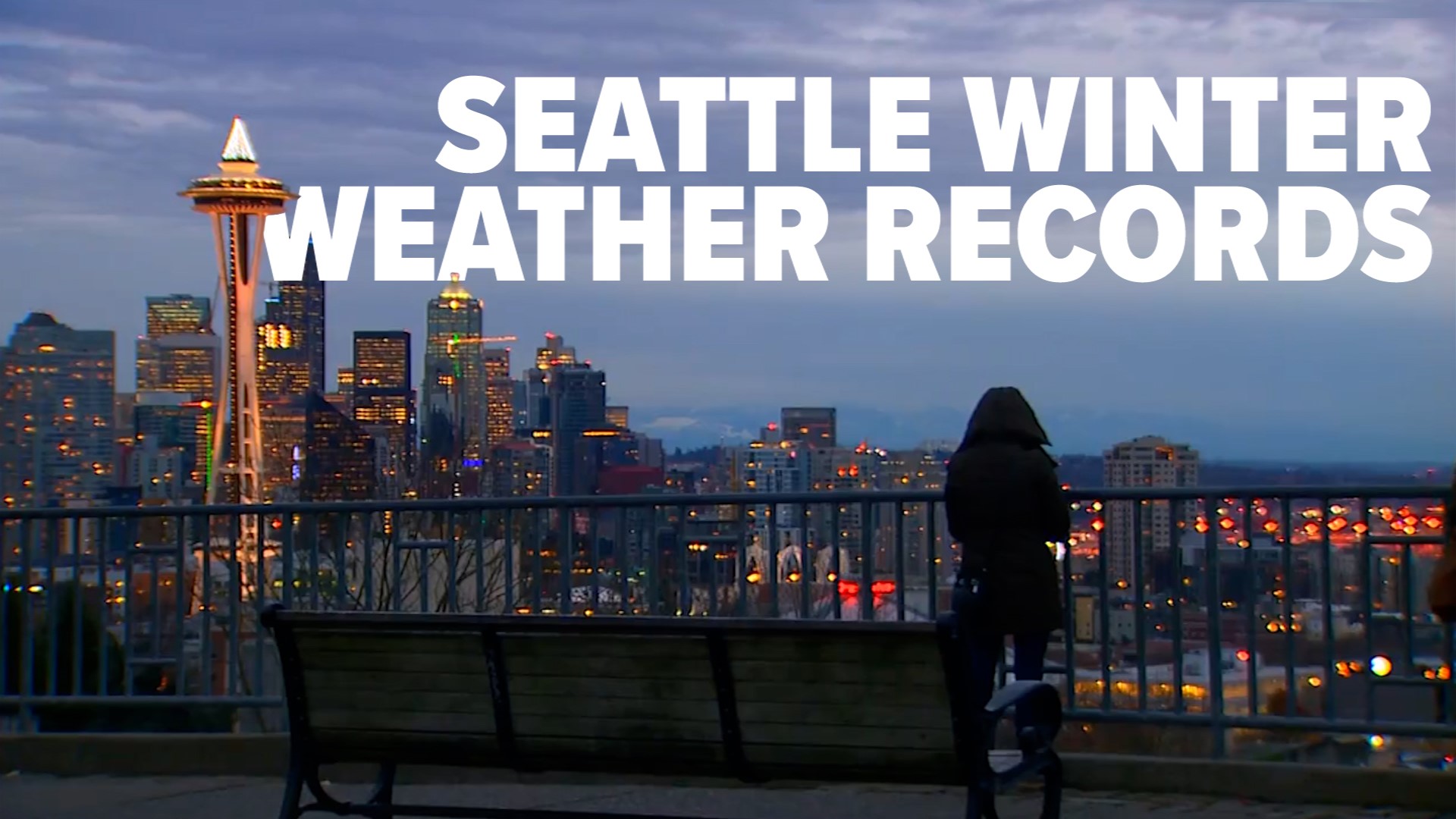SEATTLE — If there were several days that you reached for your puffy winter jacket last month, but didn’t put it on, there’s a reason for it.
Last month set a record as the hottest December in history for the western Washington areas of Olympia, Seattle and Quillayute, according to data from the National Weather Service – Seattle.
For daily recorded temperatures, Seattle (recorded at Seattle-Tacoma International Airport) saw a mean daily temperature of 45.5 degrees, which tops the former record set in 2014 of 45.3 degrees.
In Olympia, the recorded mean daily temperature was 45.5 degrees, ousting the 1950 record of 45 degrees.
Quillayute saw the highest mean daily temperature increase going from 44.5 degrees recorded in 2018 to 48 degrees recorded December 2023.
KING 5 Chief Meteorologist Mike Everett said in the Pacific Northwest, this type of weather is a mixed blessing.
“After three years of La Nina-related cold and, snow and ice storms, it's nice to be mild,” Everett said. “It's just that we count on the cold and wet to see us through the rest of the year.”
The federal Climate Prediction Center (CPC) estimates that January will have higher chances of above-normal temperatures across Washington state, according to the Office of the Washington State Climatologist on Dec. 21.
From now until March, the CPC also predicts Washington will experience above-normal temperatures statewide.
Looking back on 2023, even after an extremely wet December, the Sea-Tac area did not hit the average rain total for the calendar year. Sea-Tac observed 34.97 inches of rain in 2023, which is about 5 inches less than the average 39.34 inches annually.
Chief Meteorologist Everett says the remainder of winter could tell a different story.
“It's important to remember that winter just started and we should let it play out before we write it off,” he said. “Some of the long-term models I'm looking at suggest that January will actually be very kind in terms of colder temps and increasing snowpack.”
With the El Nino winter upon us, Everett said January and February are critical for Washingtonians. If this winter continues to run unusually warm and dry, there could be issues for the local area after winter.
“If we don't build a solid snowpack and spring, summer and fall temps heat up, it could be a really rough wildfire season,” he said. “We could also see an increase in water restrictions across the region. It turns an ‘over there’ problem into something that's literally right in our own backyards.”

